Falernum: the wine of ancient Rome
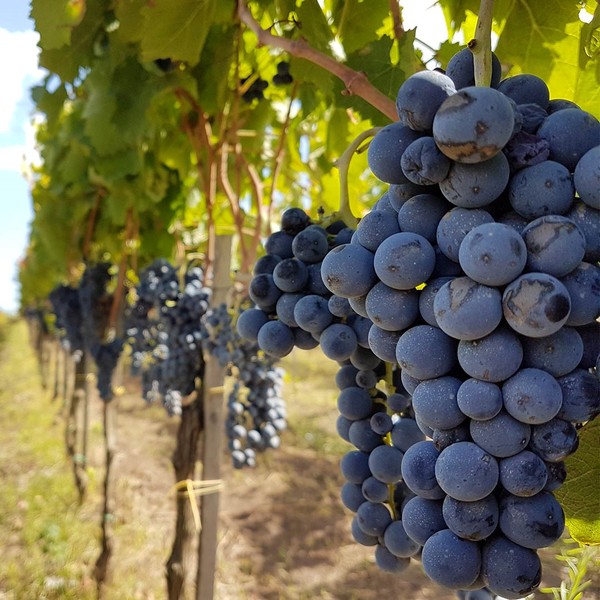
[아츠앤컬쳐] 나폴리 북쪽으로 약 36km 떨어진 카세르타 인근 시골에서는 1989년부터 2천년 전통의 와인 팔레르노 델 마시코(Falerno del Massico):팔레르눔이 생산되고 있다.
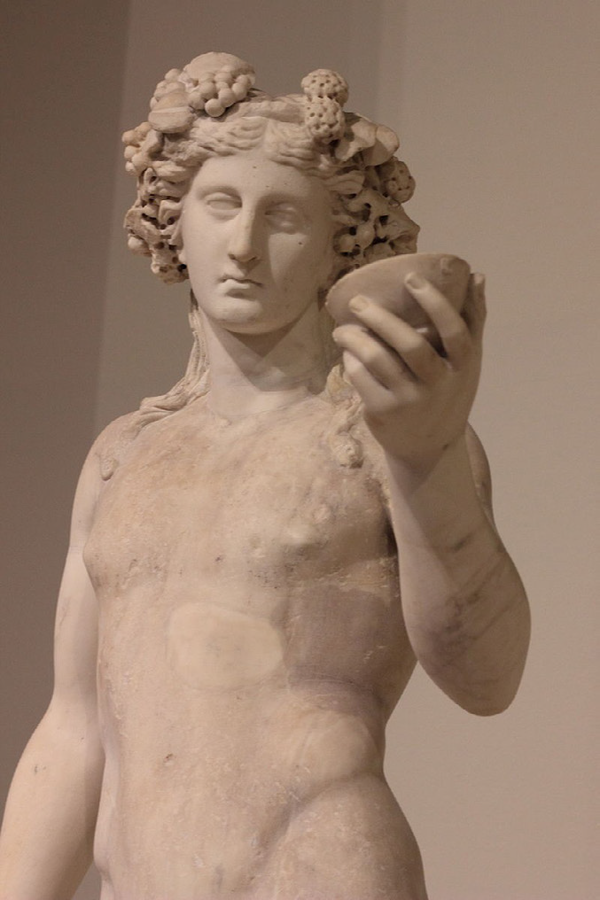
1세기 로마의 정치가이자 시인인 실리우스 이탈리쿠스가 전하는 전설에 의하면, 어느 날 술의 신 디오니소스가 지금의 이탈리아 캄파니아 마시코 산에 내려왔다고 한다. 거기서 여행을 계속하기 전에 팔레르누스라는 늙은 농부를 만나 그의 집으로 초대를 받았다. 팔레르누스는 비록 가난했지만, 신에게 우유, 꿀, 치즈 등 그가 가진 최고의 것을 바쳤다. 디오니소스는 그의 선량함에 감동하여 우유 한 잔을 포도주로 바꾸었다. 팔레르누스는 그 포도주를 마시고 잠이 들었다. 그가 잠에서 깨어났을 때, 그는 그의 땅이 그의 이름으로 포도주를 생산하는 멋진 포도밭으로 바뀌어있는 것을 보게 되었다.
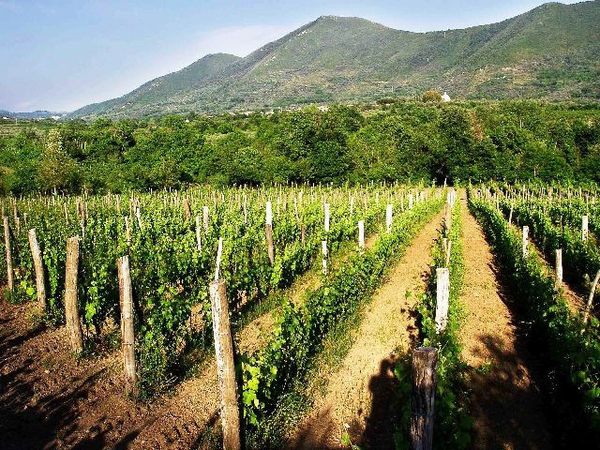
팔레르눔 와인은 기원전 1세기부터 이미 유명했는데, 당시 카툴루스와 호레이스 같은 로마의 유명한 시인들이 그 품질을 칭찬한 바 있다. 호레이스는 시에서 “일이 어려울 때를 기억하고, 평정을 유지하며, 마찬가지로 번창할 때 너무 큰 행복을 조심하시오, 필멸의 델리우스. 당신이 슬픔에 잠겨 있거나 즐거운 나날을 보내거나, 감미로운 빈티지 ‘팔레르눔’이 늘 초원 위에 펼쳐져 있으니.”라고 했다.
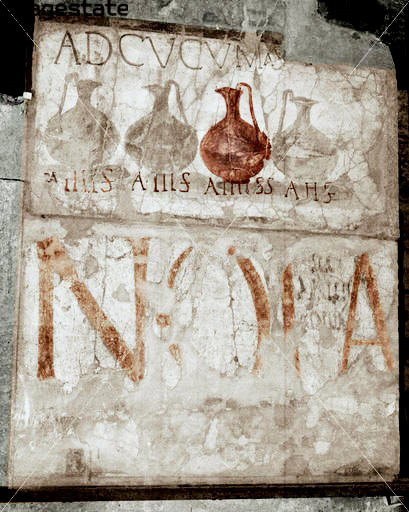
시간이 흐르면서 이 와인은 키케로, 베르길리우스, 역사학자 티투스 리비우스, 건축가 비트루비우스와 같은 많은 로마 작가들에 의해 계속해서 인정받았다. 약 1세기 후, 서기 79년에 베수비오 화산 폭발로 사망한 또 다른 위대한 역사가 플리니 1세도 팔레르눔을 훌륭한 포도주로 언급했다. 바로 폼페이 유적지의 술집 벽에서, 우리는 여전히 이러한 가격표를 볼 수 있다. “한 냥(로마 동전)을 내면 와인을 마실 수 있고, 두 냥을 내면 고급 와인을 마실 수 있다. 그리고 네 냥을 내면 팔레르눔을 마실 수 있다.”
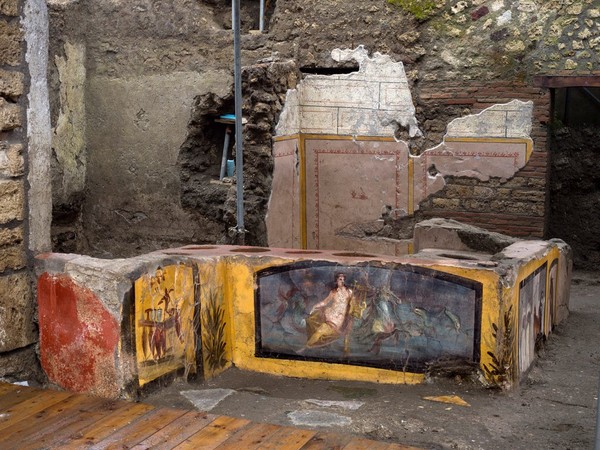
테르모폴리움은 로마시대에 흔한 작은 여관이었는데, 보통 집에 부엌이 없는 가난한 로마인들이 뜨거운 음식을 사가거나, 식사를 하는 곳이었다. 오늘날의 레스토랑의 시초로, 패스트푸드와 흡사한 음식을 제공했다. 로마인들은 와인과 함께 먹는 것을 좋아했고, 오늘날 바의 모습과 같이 때때로 행복하기 위해 와인 한 잔을 즐겼다. 반면 상류층 로마인들은 호화로운 저택 ‘도무스’에서 종종 열리는 저녁 연회에 와인을 마셨다. 로마인들은 같이 식사하는 사람이나 친구, 사랑하는 사람, 중요한 정치인의 건강을 위해 건배하곤 했다. 팔레르눔 한 잔을 잘 마시기 위해서는 어떤 핑계라도 좋았다.
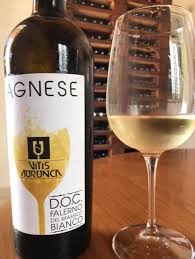
오늘날의 팔레르노 델 마시코는 고대 로마의 팔레르눔 와인 생산지역에서 나오며 두 종류가 있다. 과일향에 드라이한 화이트와인은 차갑게 마시며 조개 전채요리, 생선요리, 아시아 요리와 잘 어울리고, 우아한 풀바디 드라이 레드와인은 상온에서 스테이크나 구운 고기, 라자냐, 토마토소스를 베이스로 한 파스타와 잘 어울린다.

Falernum: the wine of ancient Rome
In the countryside nearby the today’s Italian city of Caserta, about 36km north of Napoli, a wine has been made since 1989, the Falerno del Massico, which refers to the tradition of a two thousand years old wine: Falernum.
An old legend handed down by Silius Italicus, a Roman politician and poet of 1st century AD, tells that one day Dionysus, the god of wine, descended on Mount Massico, located in the current Italian region Campania. There he met an old farmer, Falernus, who invited him to rest in his house before continuing his journey. Although he was poor, Falernus offered the god the best he had: milk, honey and cheese. Moved by his goodness, and to thank the old man, Dionysus transformed a cup of milk into wine. Falernus drank it and fell asleep, and when he woke up he saw his land covered with wonderful vineyards which produced the wine with his name.
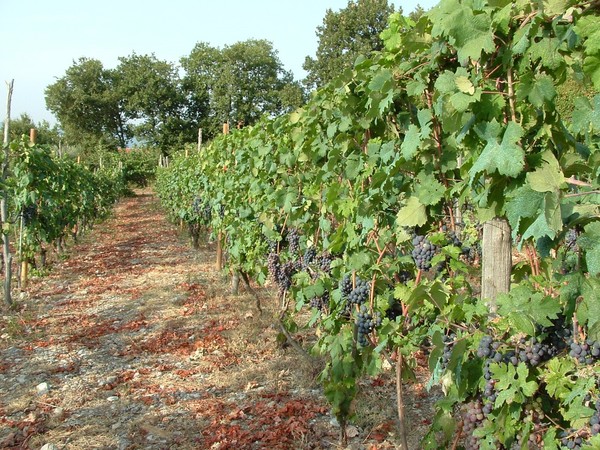
Falernum wine was already famous in the 1st century BC, when renowned Roman poets as Catullus and Horace praised its qualities and mentioned it in their works. “Remember when things are troublesome”, writes Horace in his Odes, “to keep an even mind, and likewise in prosperity be careful of too much happiness, mortal Dellius. Whether you will have lived your time in sadness, or whether you might while away merry days, sprawled out on country meadows with a mellowed vintage of Falernum”.

Over the time, this wine continued to be appreciated by many Roman authors like Cicero, Vergil, the historian Titus Livius and the architect Vitruvius. About one century later, Pliny the Elder, another great historian who died in 79 AD during the eruption of Mount Vesuvius that buried Pompeii, speaks of Falernum as an excellent wine. Right in Pompeii, in a menu on a wall in the ruins of a thermopolium, we can still read that “for one as (a Roman coin) you can drink wine, for two asses you can drink better. For four asses you can drink Falernum”.

A thermopolium was a small inn very common in the Roman era, where the Romans, usually those who couldn’t afford a kitchen in their humble houses, bought hot food to take away, or where they had their meals sitting at the tables. It is the forerunner of today’s restaurants, and the food served in this place makes it similar to a modern fast food. The Romans loved to eat with wine, and to drink a glass of wine every now and then to be happy, as still happens today in a modern wine bar. Upper class Roman people, on the other hand, usually drank wine during evening banquets that were often held in the evening in the “domus”, their luxurious residences.
Romans used to toast the health of a diner or a friend, a loved one or an important politician. In short, any excuse was good to drink a good glass of Falernum. Today’s Falerno del Massico is produced in the same region as the Falernum wine of ancient Rome.
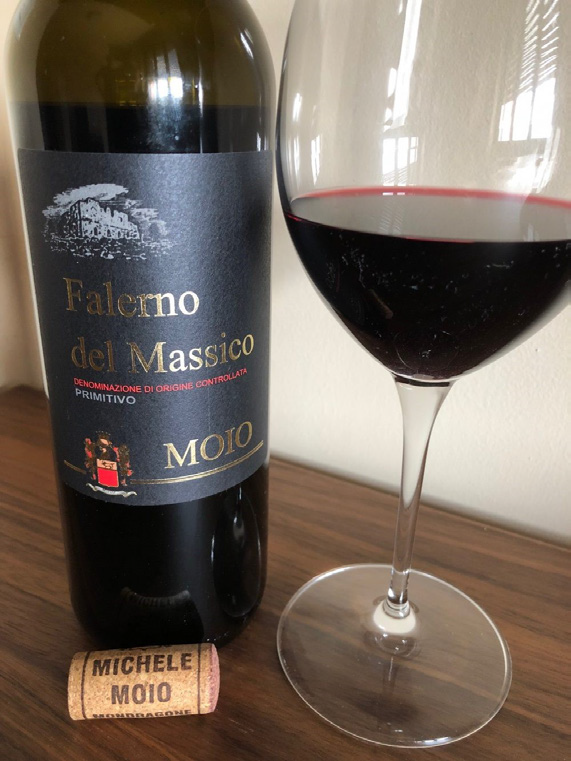
There are two excellent Falerno del Massico wines: a very good dry, fruity and savory white wine, that goes well drunk chilled, combining it with shellfish appetizers, fish dishes and also with Asian cuisine, and a very good full-bodied dry elegant red wine with an intense flavor, to be drunk at room temperature combining it with steak, grilled meat, with a good Italian lasagna and many other tomato sauce based pasta.
글 | 에밀리아노 펜니지 Emiliano Pennisi
Sogang University lecturer of Italian language, Wine scholar and expert. He attended sommellier courses in Italy

